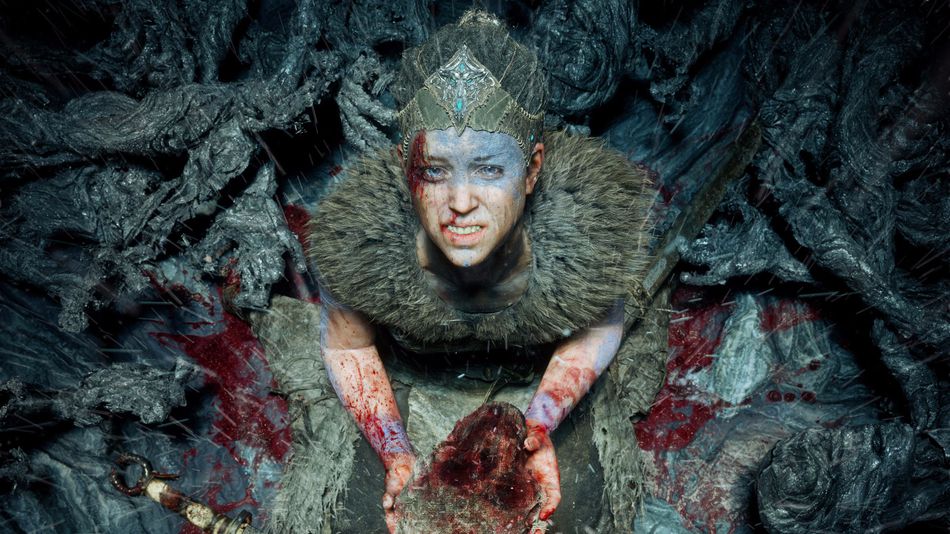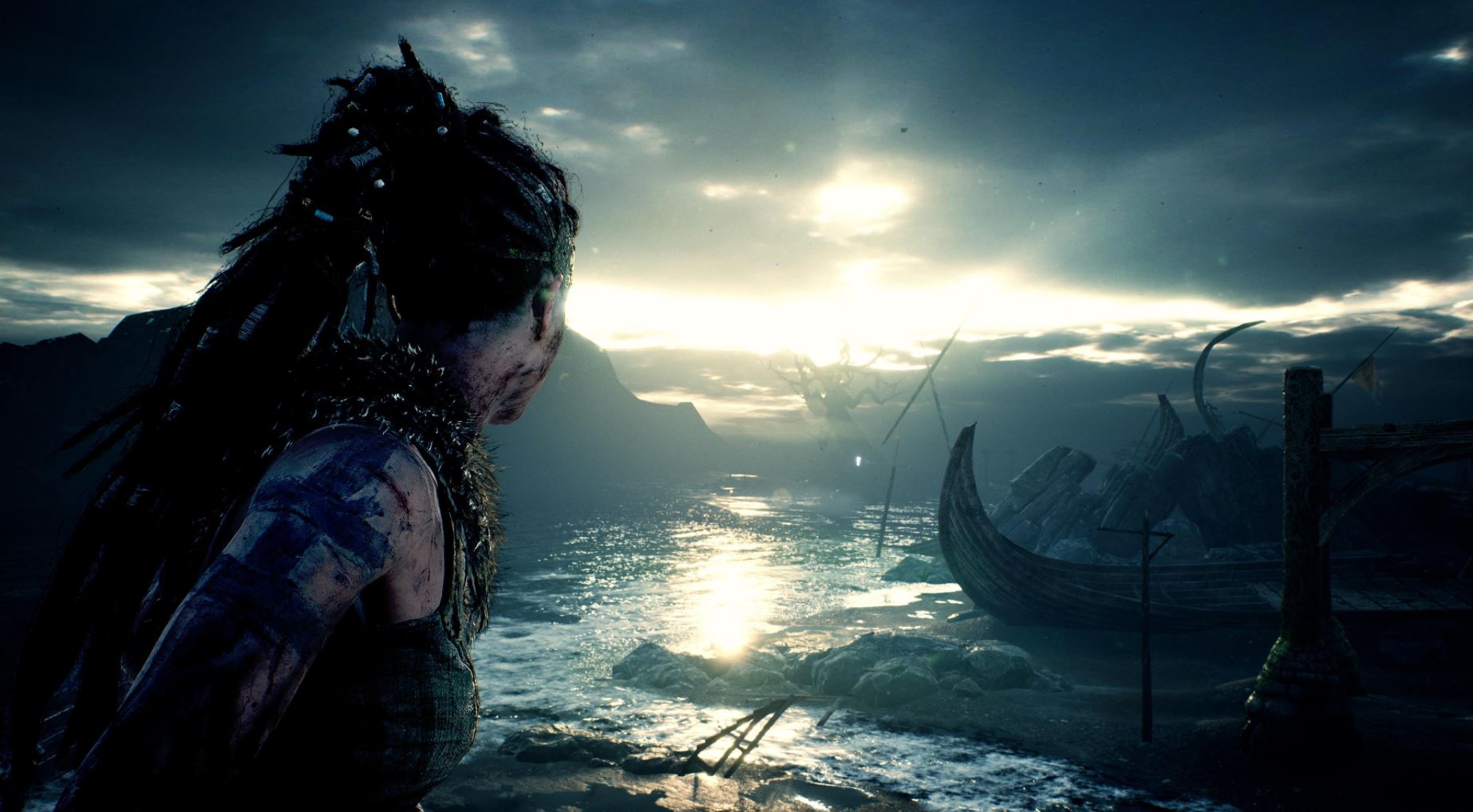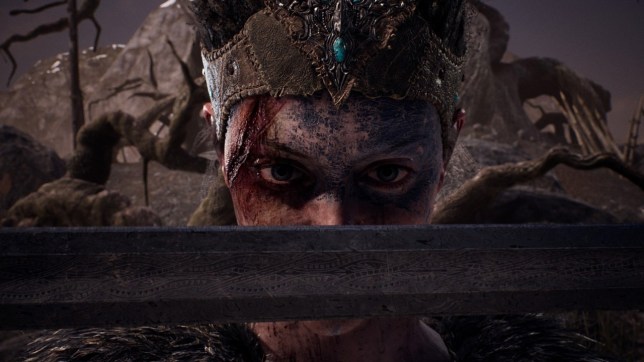b
A Paean to Hellblade: Senua’s Sacrifice
because you cannot overcome suffering if you refuse to look at it.}
I’ve long hesitated to write anything about Hellblade because I love it dearly. We superstitiously seek to avoid tarnishing the things we cherish with words unworthy of them. However, I may as well try to articulate a little bit what makes this such a special game for me. I shall not attempt to evaluate it from the viewpoint of gameplay or mechanics, nor did I go into the experience wishing to be entertained by something not created lightly. I simply observe it as a work of art, in terms of aesthetic, emotional, and narrative efficacy.


